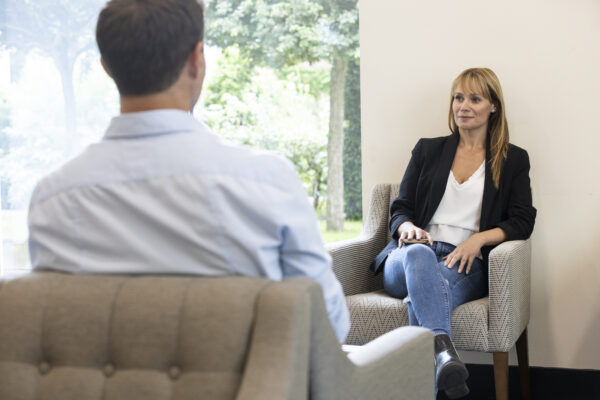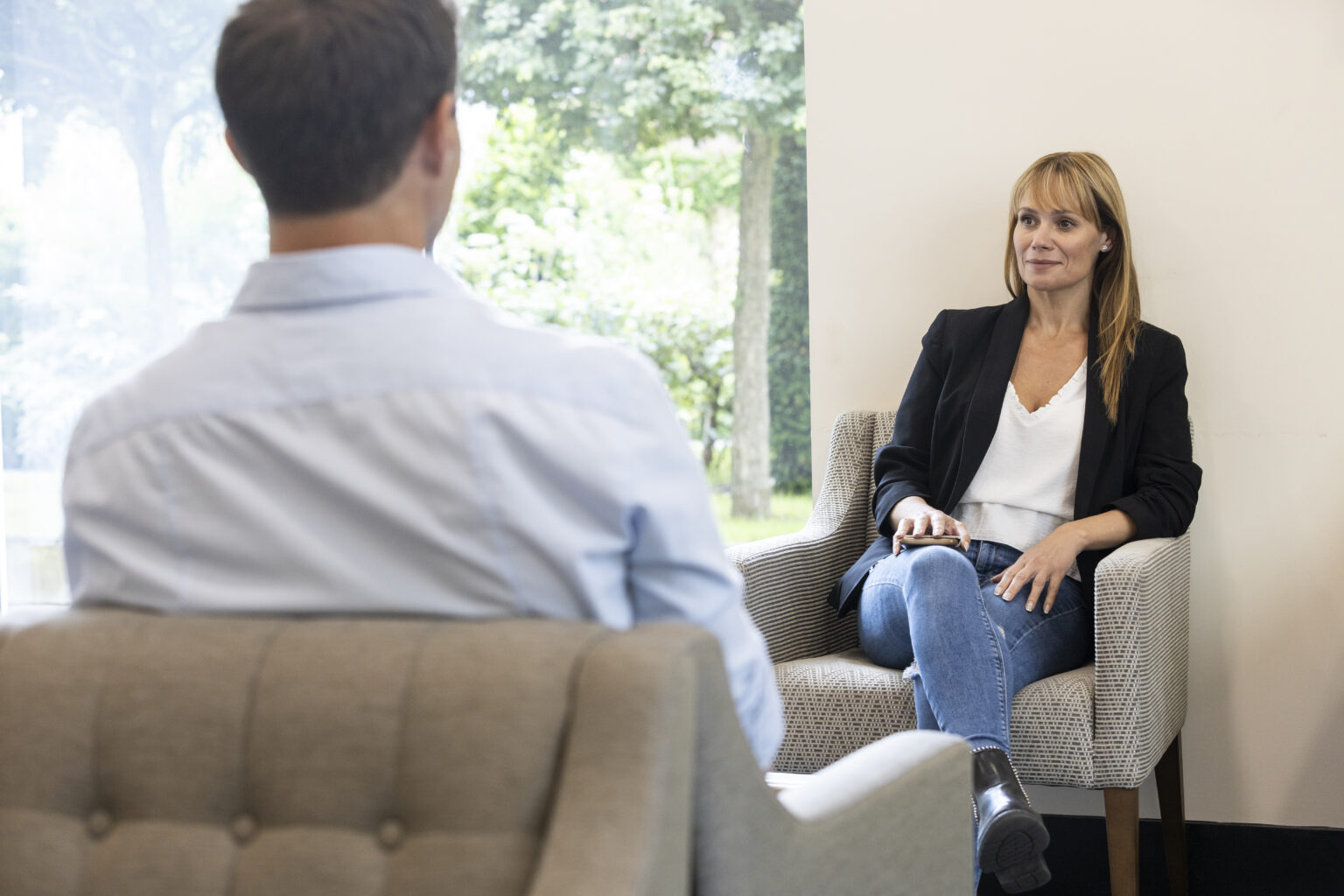Contact number: 020 7806 4060
What is Ganglion Cyst Removal?
Ganglion cyst removal involves surgically excising a cyst that has developed near a joint or tendon. These cysts, though benign, can cause pain, restrict movement, or press on surrounding nerves, depending on their size and location.
The procedure is usually performed under local or general anaesthesia and involves a small incision to remove the cyst along with its root to reduce the likelihood of recurrence.
This treatment is recommended for cysts that are painful, growing, or affecting mobility.
Ganglion Cyst Removal at St John & St Elizabeth Hospital
At St John & St Elizabeth Hospital, we provide ganglion cyst removal with precision and care. Our experienced surgeons use advanced techniques to ensure effective treatment and a smooth recovery.
Why choose us for ganglion cyst removal?
- Specialist Hand and Foot Surgeons: Our consultants have extensive experience in diagnosing and treating ganglion cysts.
- Minimally Invasive Techniques: We aim to minimise scarring and recovery time through careful surgical methods.
- Modern Facilities: Our hospital is equipped with advanced surgical tools to deliver safe and effective care.
- Convenient Location: Based in NW8, we serve patients from Hampstead (NW3), Kilburn (NW6), and the wider London area.
We are committed to helping you find relief and regain full function with expert and compassionate care.
Surgeons who remove Ganglion Cysts in London
How Much Does Private Ganglion Cyst Removal Cost?
£2,200
Private Ganglion Cyst Removal costs £2,200 at St John & St Elizabeth Hospital.
The price shown includes all hospital related costs associated with your treatment, from admission to discharge. The price does not include the cost of consultation, diagnostics, or the surgeon or anaesthetist fee.
Our hospital fee is guaranteed at the price quoted and valid for one month from the date issued, subject to pre-assessment.
Appointment and Ganglion Cysts Treatment Plan
Initial Consultation
Your journey begins with a detailed consultation to discuss your goals and determine your suitability for ganglion cyst removal.
Personalised Treatment Plan
A tailored treatment plan will be developed based on your consultation, outlining the specifics of your procedure and recovery plan.
Pre-Procedure Assessment
A thorough pre-procedure assessment ensures you are fit for surgery, involving necessary tests to uphold the highest standards of care and safety.
The Procedure
Performed by our skilled medical team, the surgical removal will focus on achieving the best possible outcomes for your ganglion cyst removal.
Aftercare and Recovery
Post-procedure, you will receive detailed aftercare instructions and have follow-up appointments to support your recovery and ensure the best results.
Frequently Asked Questions About Ganglion Cyst Removal
St John & St Elizabeth Hospital is located in St John’s Wood (NW8), a well-connected area of North West London. We are conveniently accessible for patients from Hampstead (NW3), Kilburn (NW6), and beyond.
By Tube:
- St John’s Wood station (Jubilee Line) is just a 5-minute walk from the hospital.
- Finchley Road (NW3) and Kilburn stations (NW6) on the Jubilee Line provide excellent connections.
By Bus:
- Wellington Road: Routes 13, 46, 82, and 113 stop near St John’s Wood Underground Station, just a short walk from the hospital.
- Circus Road: Routes 46 and 187 stop close to the hospital’s Circus Road entrance.
- Abbey Road: Routes 139 and 189 stop near the junction where Grove End Road becomes Abbey Road, providing easy access.
Major Roads:
If you’re travelling from NW3 or NW6, major routes such as Finchley Road or Kilburn High Road offer a direct approach to the hospital.
Our hospital ensures convenient access for patients across London, particularly those in NW8, NW3, and NW6 postcodes.
The procedure itself is painless as it is performed under local or general anaesthesia. Some mild discomfort or swelling may occur post-operatively, but this usually resolves within a few days.
Ganglion cyst removal typically takes 20 to 40 minutes, depending on the size and location of the cyst.
Recovery is generally quick, with most patients resuming light activities within a week. Full healing may take two to four weeks, depending on the location of the cyst and the nature of your work or activities.
Immediate Post-Op Care
Managing post-operative effects such as swelling, bruising, and discomfort is crucial. It is important to keep the surgical site clean to prevent infection. Our team will provide you with pain management strategies and detailed care instructions. Keeping the nerves stimulated by applying lotion to the skin after surgery can encourage the healing process and mitigate potential stiffness and pain. Physical therapy may be recommended to help regain strength and flexibility in the affected area.
Follow-Up Care and Physical Therapy
Regular follow-up appointments will be scheduled to monitor your recovery and assess the success of the surgery. The surgery is a minor procedure, typically performed on an outpatient basis, allowing patients to go home soon after and generally experience a good recovery without serious complications. These visits are essential to address any concerns and ensure optimal recovery.
While surgery significantly reduces the likelihood of recurrence, ganglion cysts can sometimes reappear. Your surgeon will carefully remove the cyst and its root to minimise this risk.
Key benefits of ganglion cyst removal include:
- Pain Relief: Significant reduction or elimination of pain caused by the cyst pressing on nerves or joints.
- Improved Function: Enhanced movement and function of the affected joint.
- Recurrence Prevention: Lower likelihood of the cyst returning compared to non-surgical methods.


